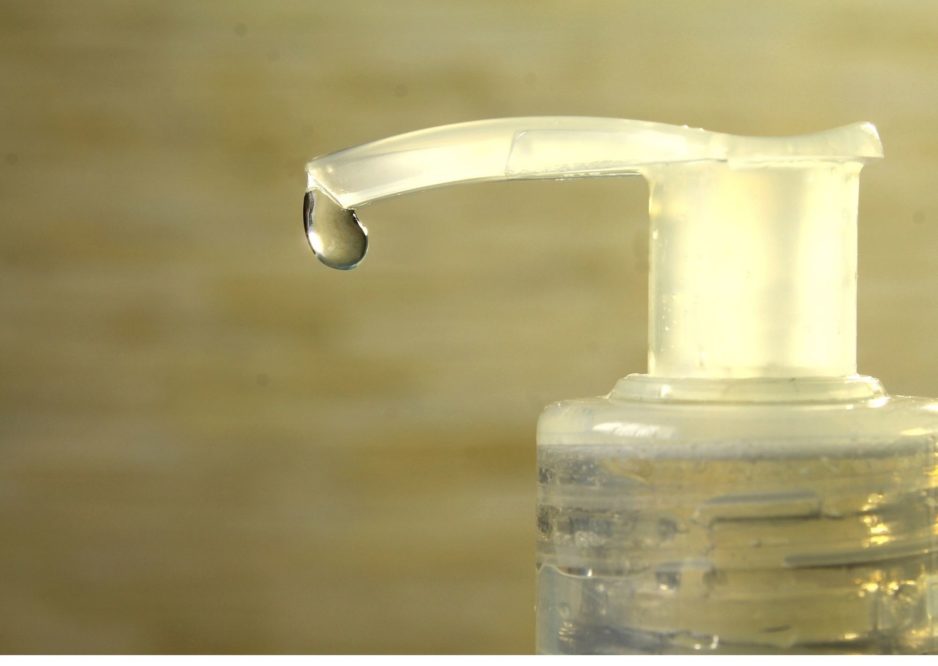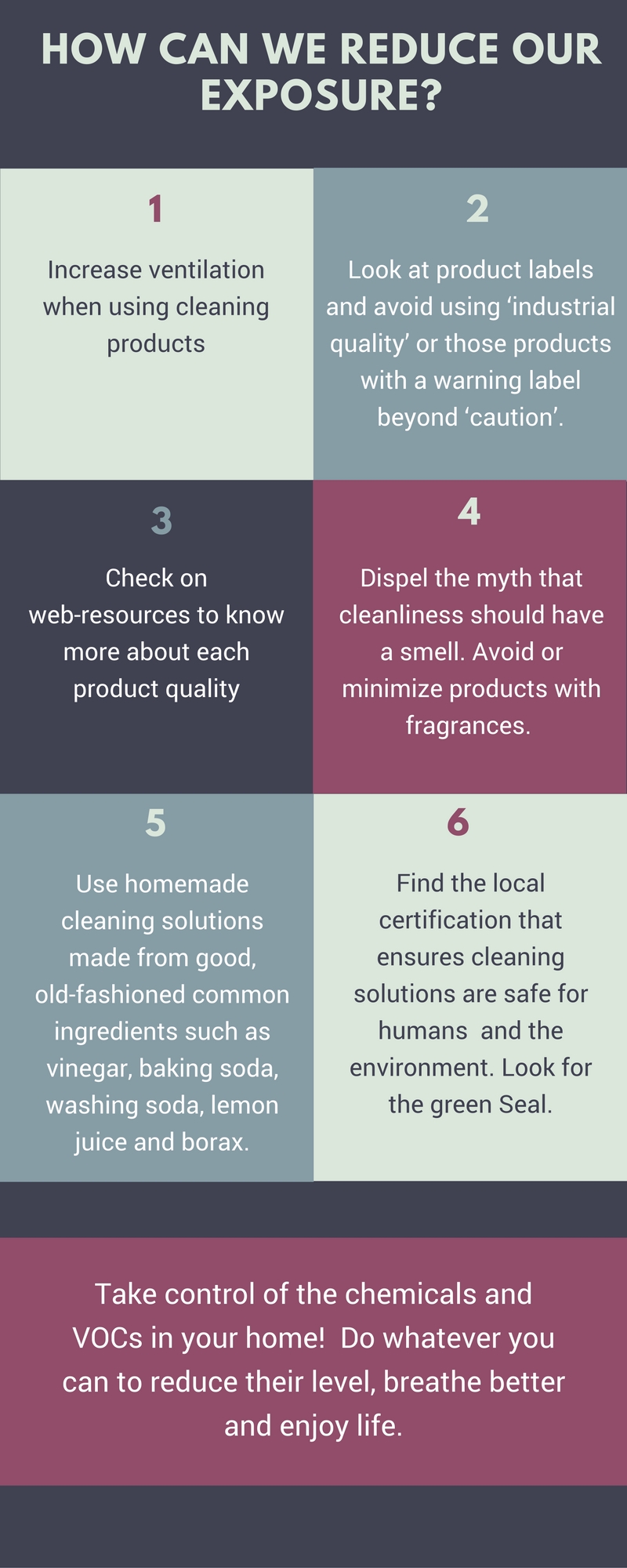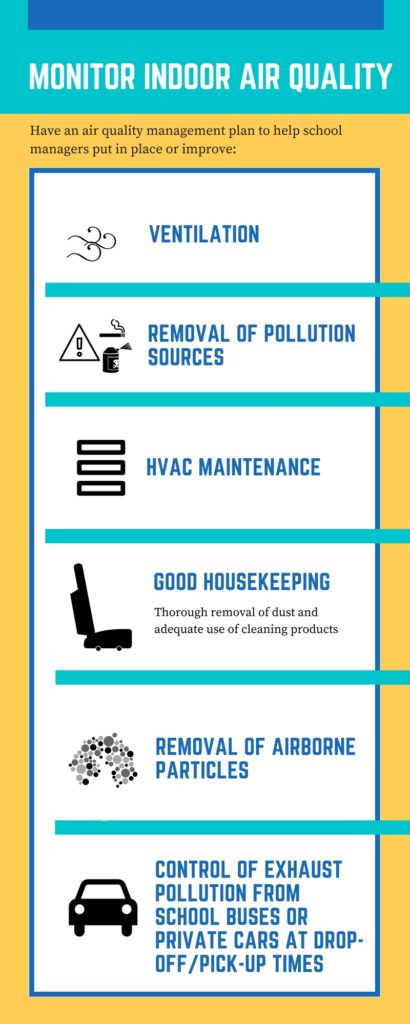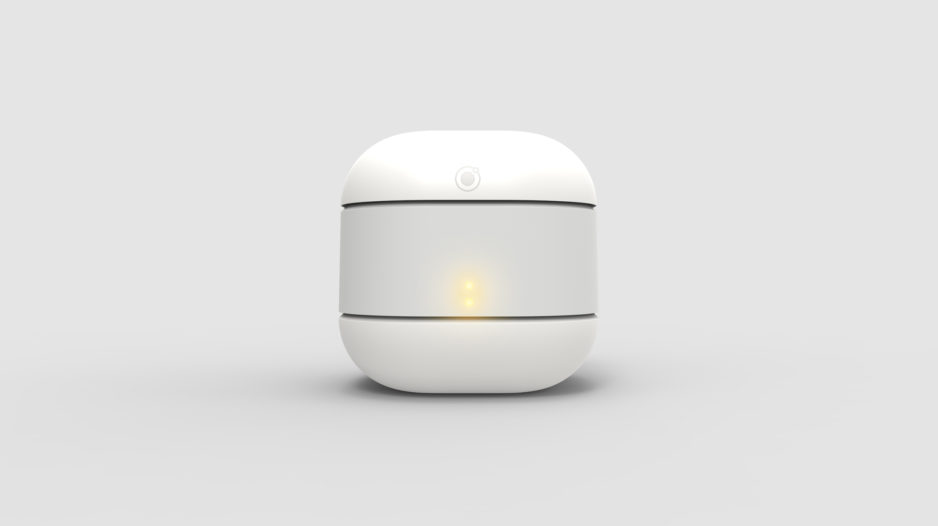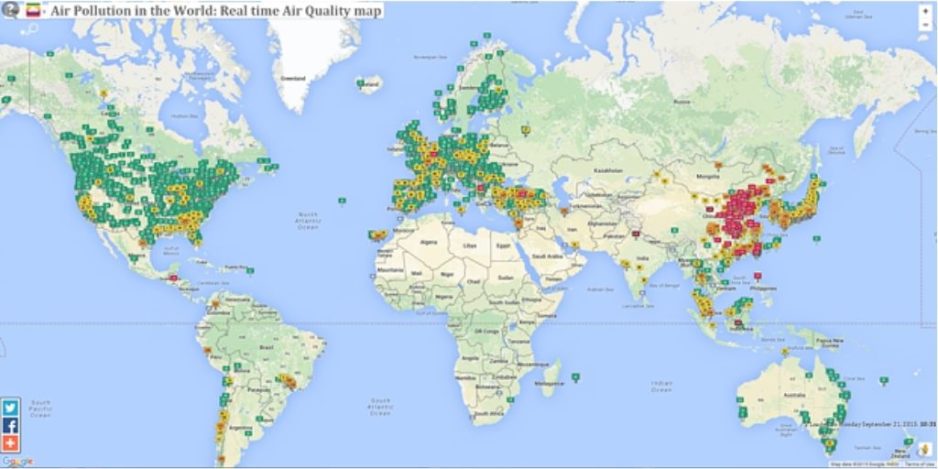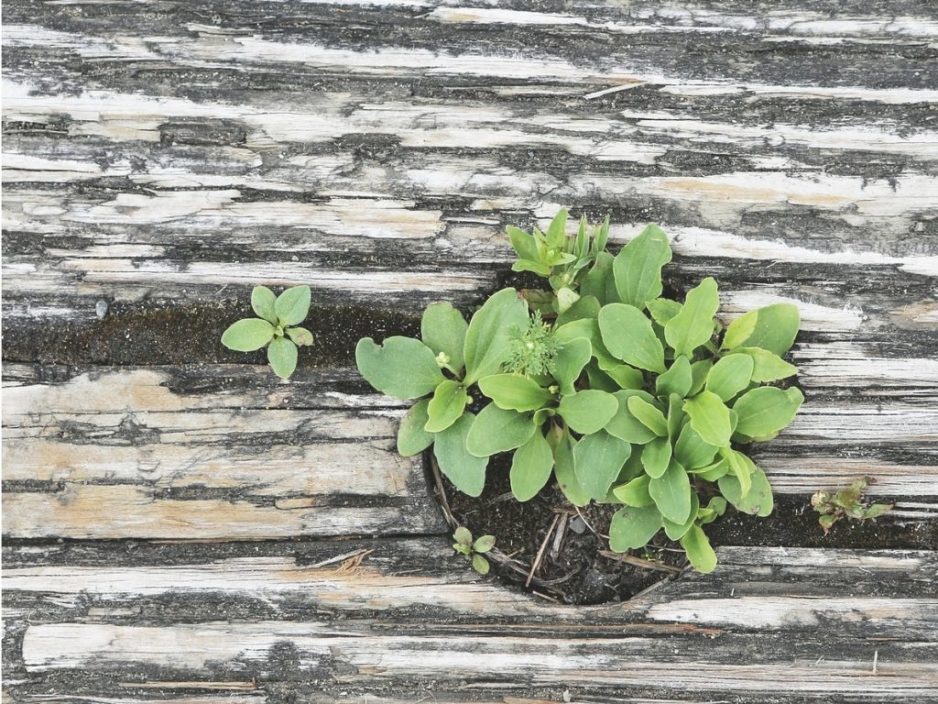There has been an intense debate over the possible link between breast cancer and air pollution. FIGO- the International Federation of Gynecology and Obstetrics highlighted the discovery of a link between air pollution and breast cancer following an article published in the Breast Cancer Journal on the results of research conducted by the University of Florida. This was reported by mainstream media as an alarming call to women living in areas with high air pollution.
Do not panic!
But there is no need to panic, it’s very important to be cautious with scientific results. In fact, many organizations like Cancer Research-UK, BreastCancer and others jumped to clarify that finding a link does not mean that air pollution causes breast cancer. Two things can be highly correlated without implying causation.
We know and we’ve talked about how pervasive air pollution is in our bodies, affecting our lungs, circulation, diabetes, skin and many more. The link between air pollution and lung cancer is very well researched, many research teams have worked on this subject for decades and have found how it happens and why. All the other links of air pollution to diseases are still in the very beginning of compiling research results and while it is one thing to link air pollution with skin problems, it is another step entirely to link it with a life-threatening disease like breast cancer.
Be cautious and understand the risks
We should not panic, but we should know the extent of current research on this matter. The latest research was conducted by the University of Florida, US, and looked at the link between breast density and air pollution. They found that women living in areas with high pollution had denser breast tissue. Women with dense breast tissue are up to six times more likely to develop some form of breast cancer.
In 2010, another study by the Research Institute of the MUHC, McGill University and Université de Montreal also showed a link. This study mapped air pollution against breast cancer patients and found that women living near areas with higher levels of pollution were twice as likely to develop breast cancer than the rest. However, Dr Goldberg, a researcher at The RI MUHC said:
“For example, we don’t know how much the women in the study were exposed to pollution while at home or at work, because that would depend on their daily patterns of activity, how much time they spend outdoors and so on”
In the case of this study, what is interesting is that the motivation to study the link between air pollution and breast cancer was to try to understand why cancer rates were going up in general / in these particular high pollution areas. The results showed that it could be air pollution but it may well be some other factor that the study could not control. In fact, the researchers called for more research on this subject and more research on the biological explanation behind this possible link.



